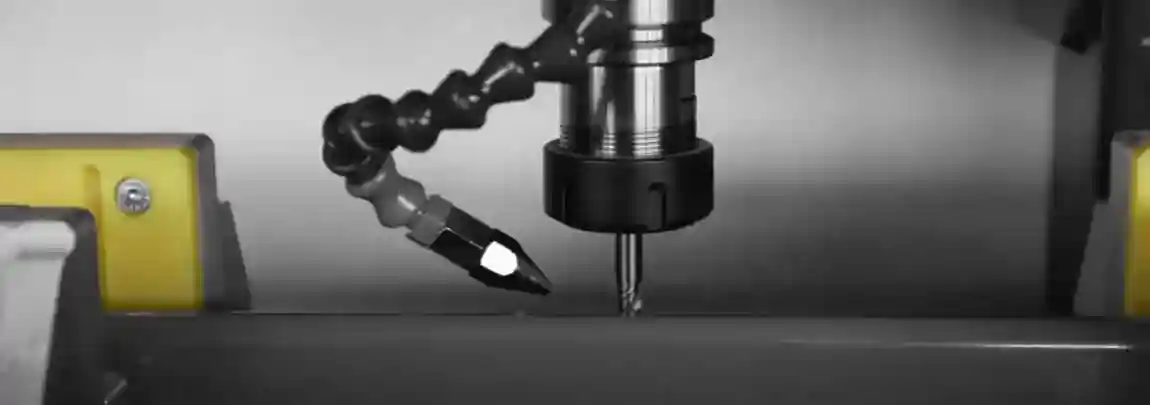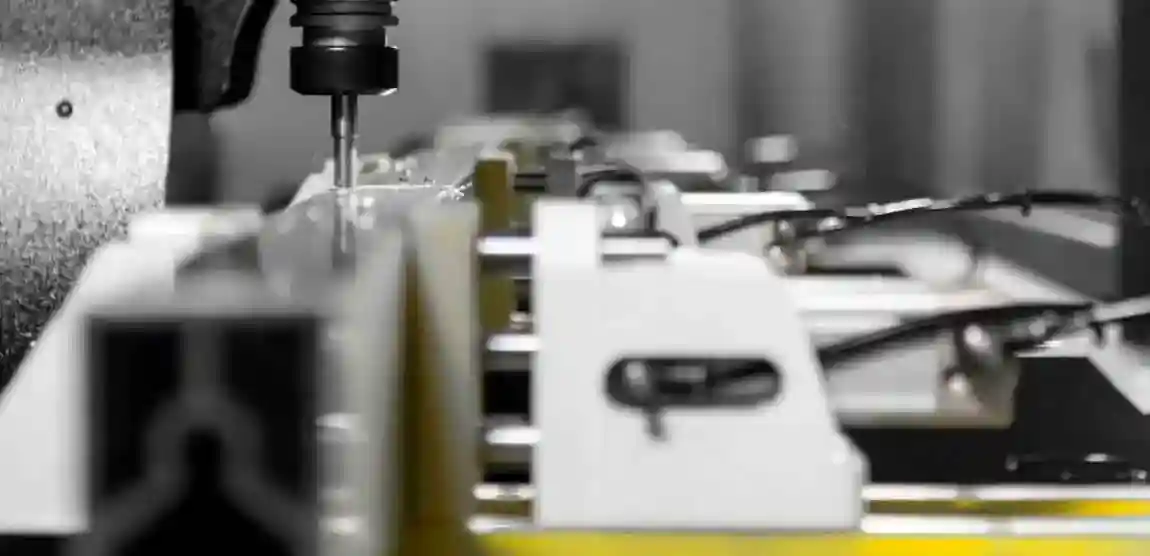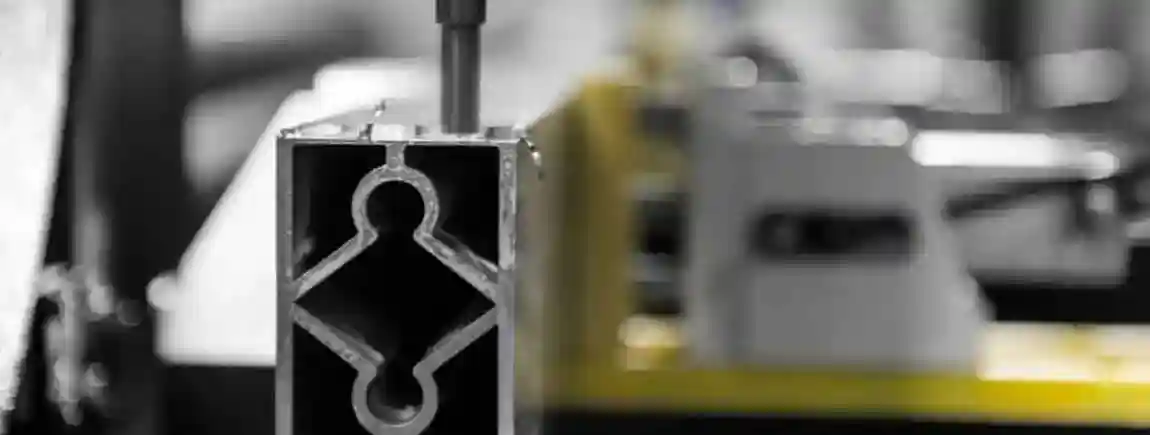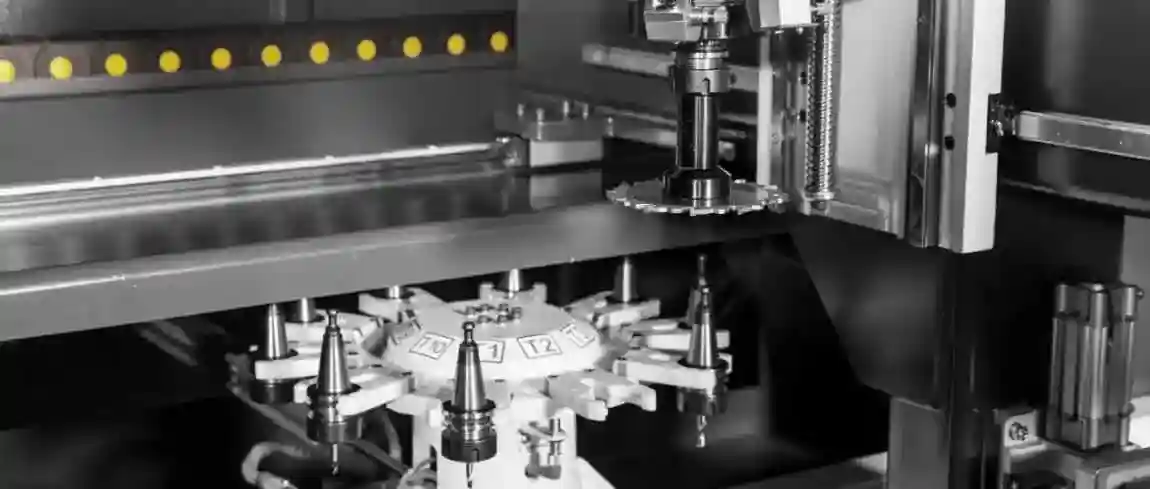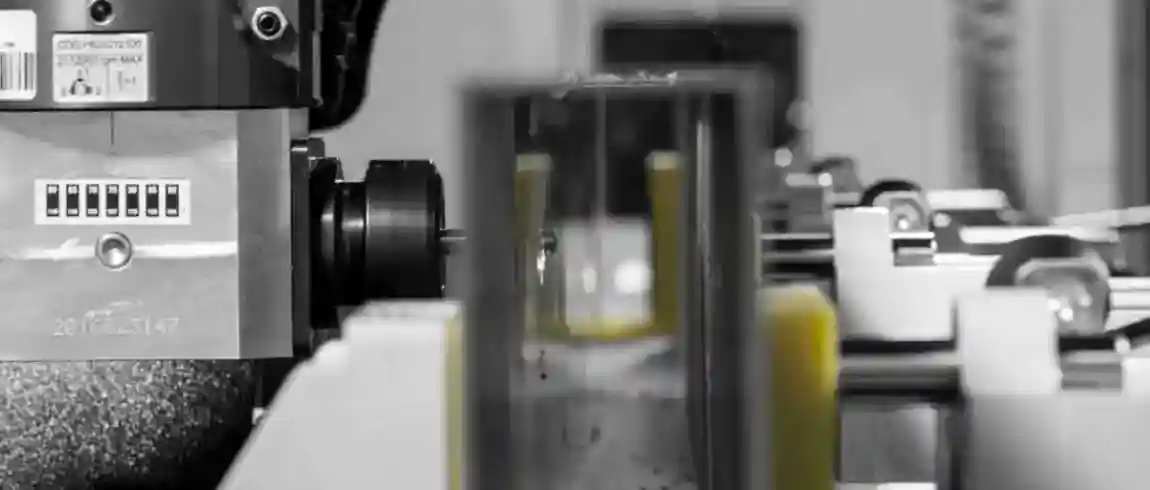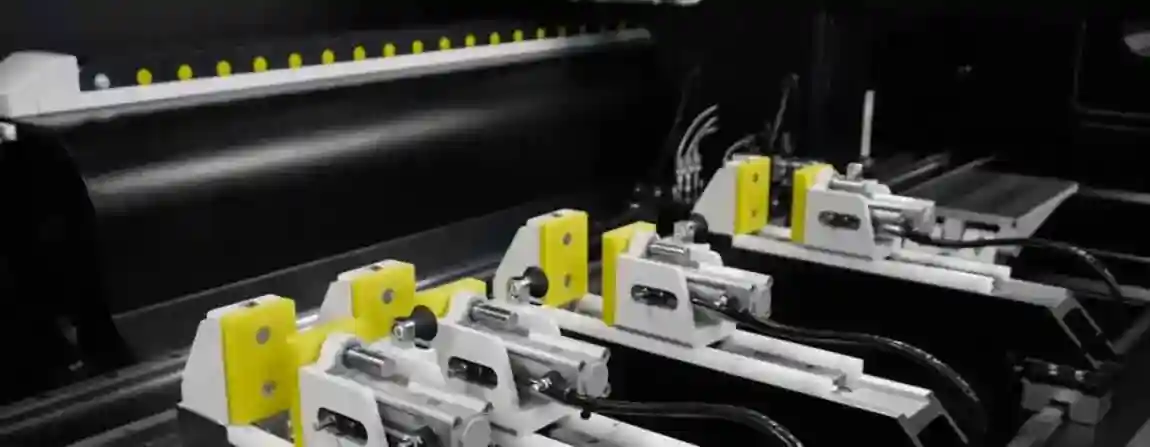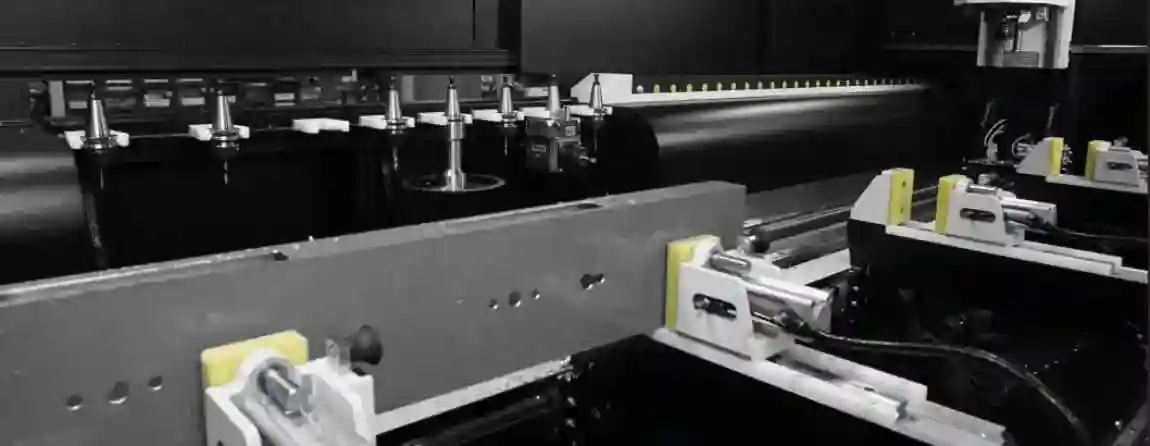-

Company
Product
ALUMINIUM MACHINES
PORTABLE MITER SAWS FOR ALUMINUM
PORTABLE COPY ROUTER MACHINES FOR ALUMINIUM
PORTABLE END MILLING MACHINES FOR ALUMINIUM
AUTOMATIC MITER SAWS FOR ALUMINIUM
COPY ROUTER MACHINES FOR ALUMINIUM
END MILLING MACHINES FOR ALUMINIUM
ALUMINUM CORNER CRIMPING MACHINE
DOUBLE MITRE SAWS FOR ALUMINIUM
AUTOMATIC SAWS FOR ALUMINIUM
BAR PROCESSING CENTERS
MACHINING CENTERS FOR ALUMINIUM COMPOSITE PANELS
NOTCHING SAWS
WEDGE CUTTING SAWS AND NOTCH CUTTING SAWS
MITER SAWS FOR ALUMINIUM
PVC PLASTIC MACHINES
PORTABLE MITER SAWS FOR PLASTIC
PORTABLE COPY ROUTER MACHINES FOR PLASTIC
PORTABLE END MILLING MACHINES FOR PLASTIC
MITER SAWS FOR PLASTIC
COPY ROUTERS FOR PLASTIC
END MILLING MACHINES FOR PLASTIC
WELDING MACHINES FOR PLASTIC
CORNER CLEANING MACHINES FOR PLASTIC PROFILES
DOUBLE MITRE SAWS FOR PLASTIC
BAR PROCESSING CENTERS
GLAZING BEAD SAWS
AUTOMATIC MITRE SAWS FOR PLASTIC
METAL MACHINES
MANUAL METAL SHEET BENDING MACHINE
MANUAL BENDING MACHINES
HYDRAULIC BENDING MACHINES
NON MANDREL BENDERS
PLATE BENDING MACHINES
BORDERING AND TRIMMING MACHINES
HORIZONTAL PRESSES
BELT GRINDING MACHINES
PIPE NOTCHING MACHINES
PIPE POLISHING MACHINES
LASER CUTTING MACHINES
PRESS BRAKES
VERTICAL TURNING CENTERS
MACHINING CENTERS
WOOD MACHINES
GLASS MACHINES
ROBOTICS SPECIAL MACHINERY
Service
Blog
Contact
Blog
- Home
- Blog
- ALUMINIUM WINDOW MACHINE
- WINDOW MANUFACTURING MACHINES
WINDOW MANUFACTURING MACHINES
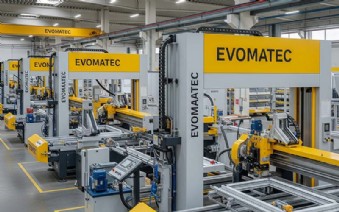
WINDOW MANUFACTURING MACHINES
The manufacturing of windows is a complex process that requires a variety of specialized machines and technologies. From the initial material processing to final assembly, window manufacturing machines play a crucial role in producing high-quality and energy-efficient windows. We will detail the various types of machines used in the window manufacturing process, explaining their functions and benefits. Additionally, we will highlight the latest developments and innovations in window manufacturing technology.
1. Raw Material Processing
a. Cutting Machines
Cutting machines are essential for the first step in window manufacturing, where raw materials such as aluminum, PVC, and wood are cut to the required sizes and shapes. High-precision cutting machines use various techniques, including sawing, laser cutting, and water jet cutting, to ensure exact cuts.
b. Profiling Machines
Profiling machines further shape and process the cut materials. These machines are designed to create complex profiles needed for different parts of a window, such as frames, sashes, and mullions.
2. Machining Centers
a. CNC Machining Centers
CNC machining centers are computer-controlled machines that offer the highest precision and repeatability in machining. They can drill, mill, cut, and engrave, making them indispensable for creating complex shapes and patterns.
b. Milling Machines
Milling machines are used to create precise recesses and grooves in window frames and sashes. They play a crucial role in preparing materials for assembly and glass insertion.
3. Assembly and Construction
a. Welding Machines
Welding machines are primarily used in the production of PVC windows. They join the cut and machined profiles by heating and fusing the material edges to form a sturdy frame.
b. Gluing Machines
Gluing machines use special adhesives to securely and permanently bond different parts of a window. This technique is often used in the production of wooden and aluminum windows, where welding is not possible.
4. Glazing
a. Glass Processing Machines
Glass processing machines cut, grind, and polish the glass that is fitted into the window frames. State-of-the-art machines can also process special types of glass, such as safety glass or insulated glass.
b. Glazing Robots
Glazing robots automate the insertion and securing process of the glass into the window frames. These robots are equipped with precision tools to position and fix the glass safely, increasing production speed and accuracy.
5. Surface Treatment
a. Coating Machines
Coating machines apply protective layers and decorative coatings to the window frames. These machines can use various types of paints and finishes, ensuring a uniform and durable coating.
b. Powder Coating Systems
Powder coating systems provide an alternative method of surface treatment, where a dry powder is electrostatically applied to the window frames and then cured in an oven. This technique offers a robust and long-lasting surface.
6. Quality Control
a. Inspection Systems
Modern window manufacturing plants are equipped with advanced inspection systems that check each window for defects and irregularities. These systems use cameras and sensors to ensure all products meet the highest quality standards.
b. Testing Machines
Testing machines evaluate the mechanical strength, seal tightness, and thermal insulation of the finished windows. These tests are crucial to ensure that the windows meet legal requirements and customer expectations.
7. Innovations and Future Trends
Window manufacturing technology is constantly evolving, and many exciting innovations are on the horizon. The latest trends include smart windows with integrated electronics that automatically adjust to lighting conditions and environmentally friendly manufacturing processes that minimize energy consumption and waste production.
Conclusion
The manufacturing of windows is a highly developed process that requires a variety of specialized machines. From material processing to assembly to final inspection, window manufacturing machines play a crucial role in producing high-quality and durable windows. With continuous advancements in technology, window manufacturing is becoming increasingly efficient and innovative, offering consumers better products and manufacturers greater competitive advantages.
- window manufacturing machines
- window production
- window manufacturing technology
- CNC machining centers window
- glass processing machines
- glazing robots
- window profiling
- welding machines window
- gluing machines window
- coating machines window
- powder coating systems window
- inspection systems window manufacturing
- testing machines window
- window manufacturing process
- innovative window technology
- smart windows manufacturing
- energy efficient window production
 GERMANY
GERMANY ENGLISH
ENGLISH FRANCE
FRANCE SPAIN
SPAIN PORTUGAL
PORTUGAL

